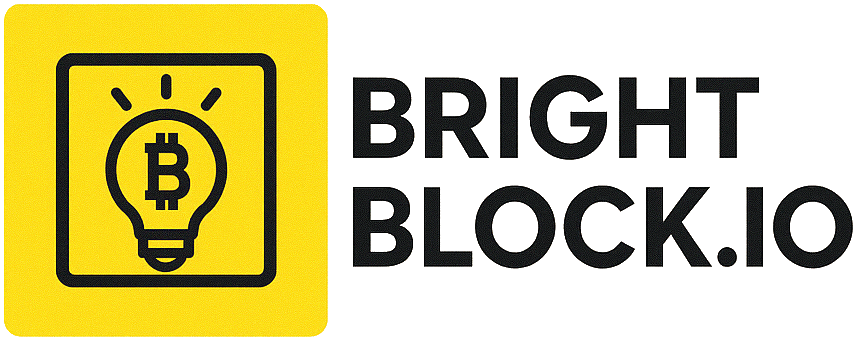Key Takeaways
- Speculation about a Tether IPO has been reignited by BitMEX founder Arthur Hayes, suggesting the company could seek a staggering $500 billion valuation in a public offering.
- While CEO Paolo Ardoino previously denied IPO plans, the company is reportedly in talks with investors to raise $20 billion, which could be a precursor to a public listing.
- Tether’s immense profitability and market dominance, in contrast to competitors like Circle, give it strong leverage but also raise questions about its need for public capital.
The whispers of a Tether IPO have transformed into a full-throated buzz, driven by commentary from industry heavyweight Arthur Hayes. The speculation, fueled by reports that the stablecoin giant is seeking to raise up to $20 billion at a colossal $500 billion valuation, has set the crypto world alight.
If successful, this would place Tether among the world’s most valuable companies, on par with tech giants and global brands.
Is a Public Listing Necessary for Tether?
An initial public offering (IPO) is the process by which a private company becomes public by selling its shares to investors. For many companies, an IPO is a way to raise significant capital for expansion, pay down debt, or provide an exit for founders and early investors.
However, Tether’s unique position as a highly profitable and cash-rich entity raises the question of whether an IPO is truly necessary. As the dominant player in the stablecoin market, Tether generated approximately $5 billion in profit in the second quarter of 2025, with a significant portion of that being recurring, yield-based income.
This level of profitability and market leverage means that Tether’s need for capital is likely not the primary driver for a public listing. The reported $500 billion valuation is an astronomical figure, representing a 40x multiple on its annualized Q2 earnings, a valuation metric known as the Price-to-Earnings (P/E) ratio.
This premium valuation is a sign that investors are not just buying into the company’s current profits but are betting on its future growth and its role as a foundational layer of the global financial system.
A Public Listing vs. Its Competitors
The comparison between a potential Tether IPO and Circle’s public listing highlights the vast difference in their operations. While Circle’s USDC has a market capitalization of $73.6 billion, Tether’s USDT is over twice as large, at $173 billion.
More importantly, Tether is a significantly more profitable operation. Circle, in contrast, has a revenue-sharing agreement with Coinbase, a major exchange that handles a large portion of its USDC distribution, which cuts into its profit margins.
Tether, by contrast, operates with more autonomy and does not have to pay for its distribution at scale. For Tether, a public listing would be less about a desperate need for capital and more about a strategic power play to showcase its financial strength and overshadow its rivals on the world stage.
Final Thoughts
The speculation around a Tether IPO is more than just market chatter; it’s a conversation about the future of a digital asset giant. While a public listing may not be necessary for its survival, it would be a powerful statement of legitimacy and a way to cement its position in the global financial system.
Frequently Asked Questions
What is an IPO?
An Initial Public Offering (IPO) is the process of a private company selling its shares to the public for the first time, allowing it to raise capital and its stock to be traded on a public exchange.
Why is Tether’s valuation so high?
Tether’s valuation is driven by its immense profitability and market dominance. A high Price-to-Earnings (P/E) ratio suggests that investors are willing to pay a premium for the company’s shares based on its strong growth potential.
How is Tether different from Circle?
Tether is significantly larger and more profitable than Circle. Unlike Circle, which has a revenue-sharing agreement for its USDC distribution, Tether does not have to pay for its distribution at scale, allowing it to retain a greater portion of its profits.






